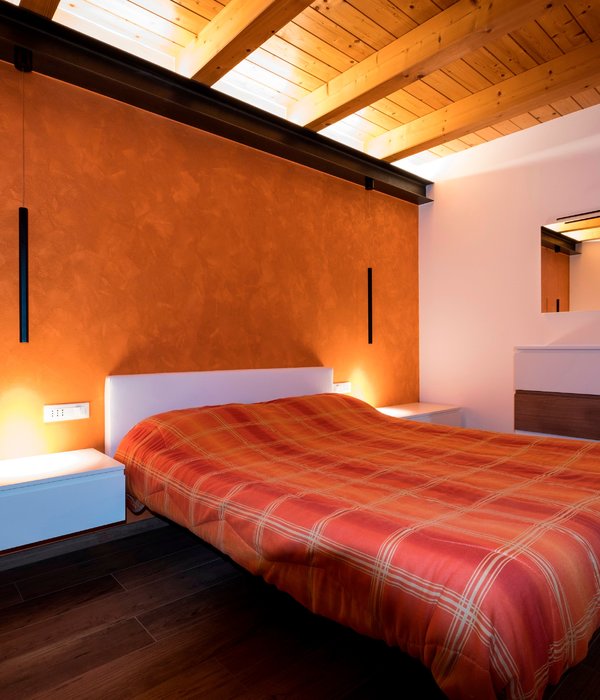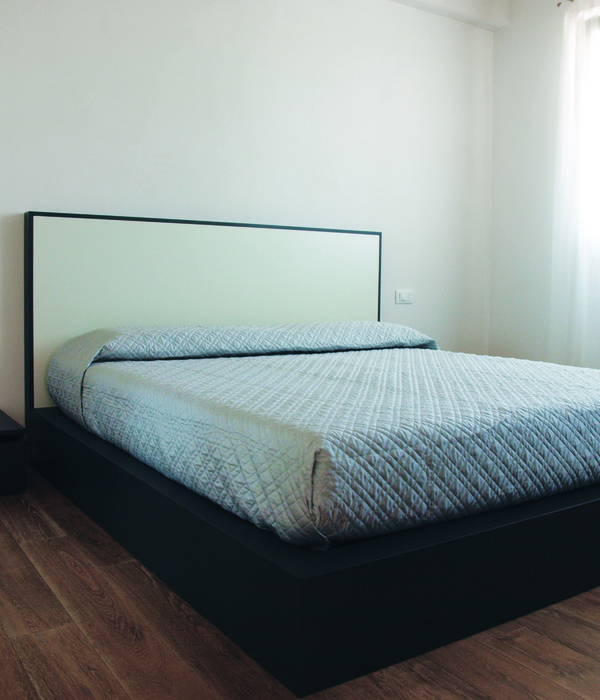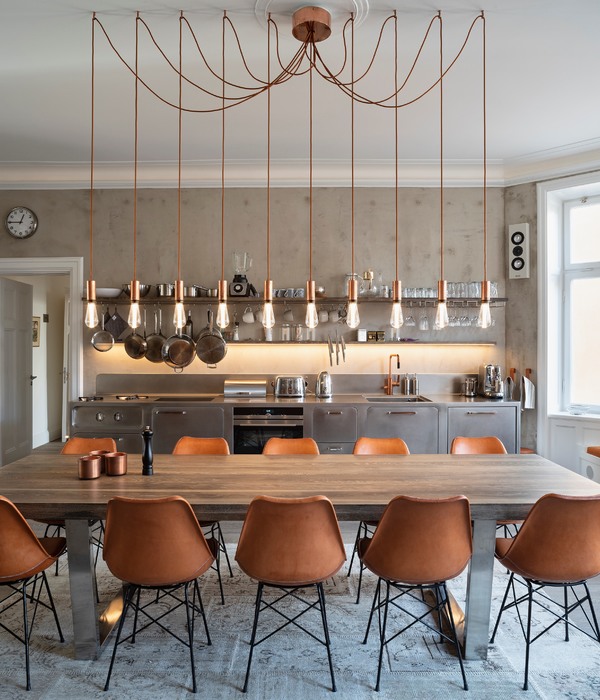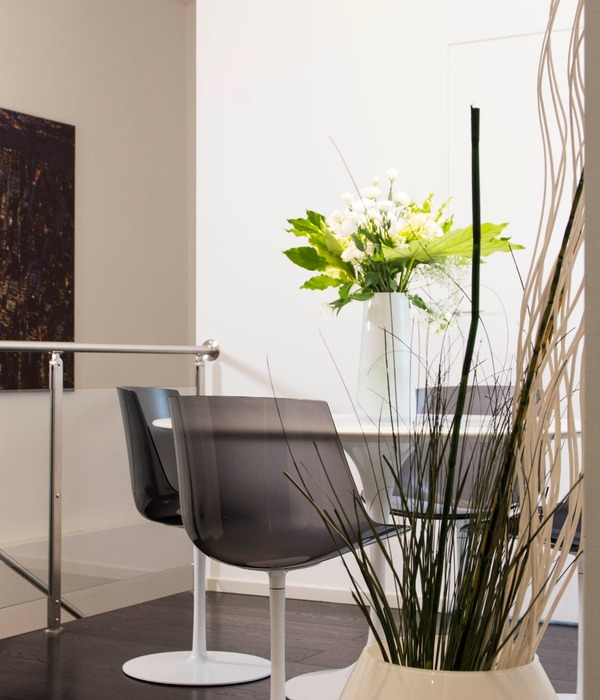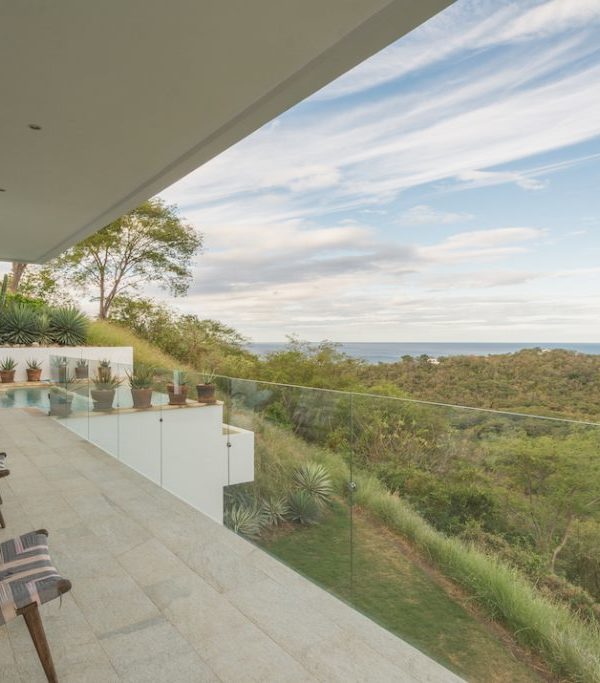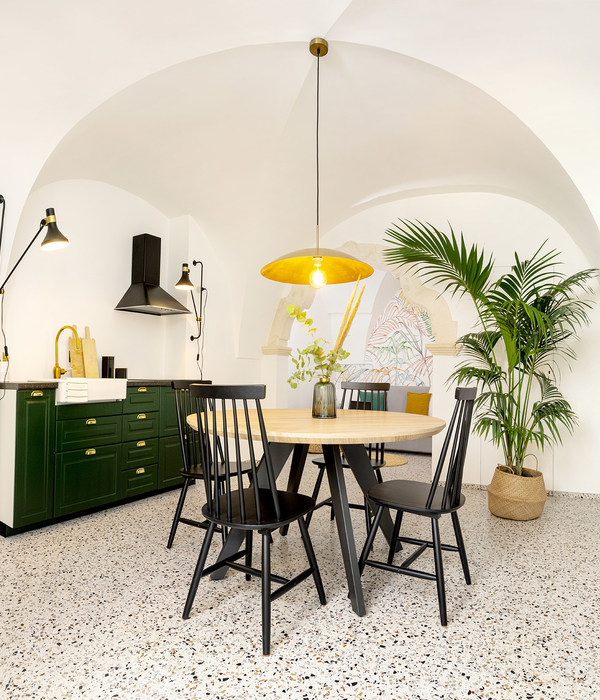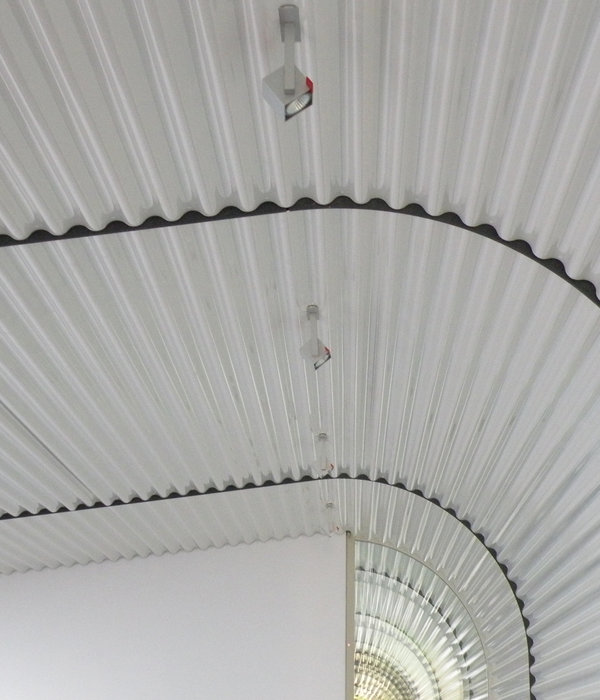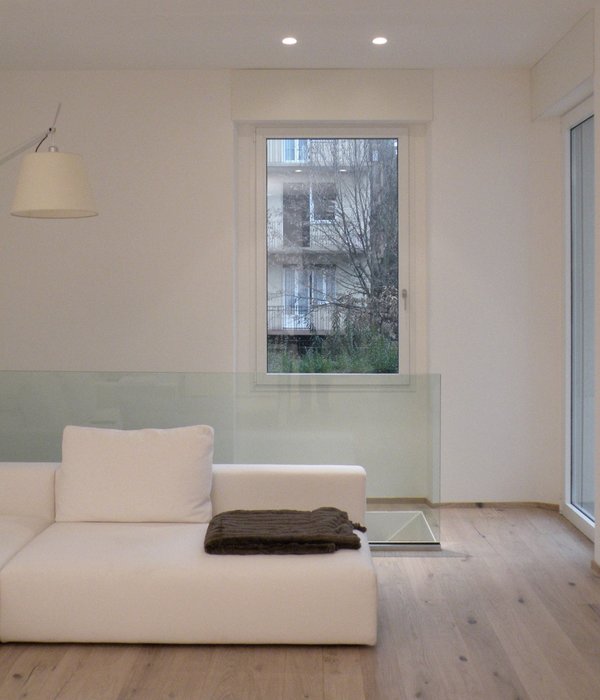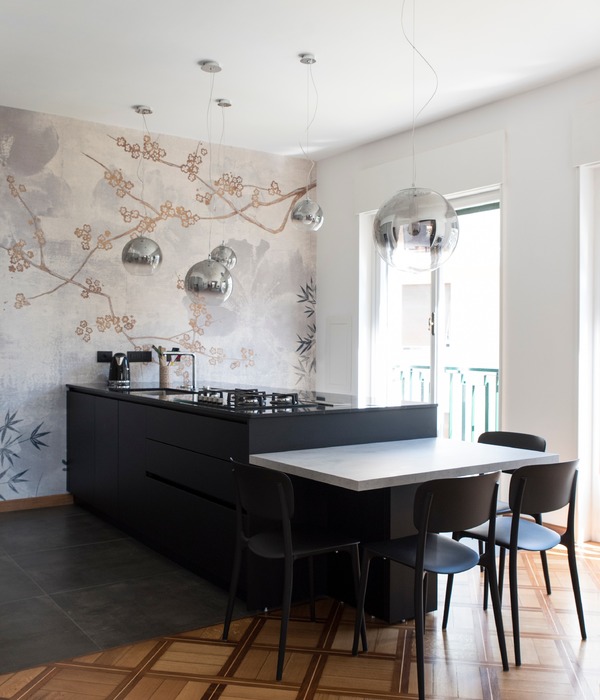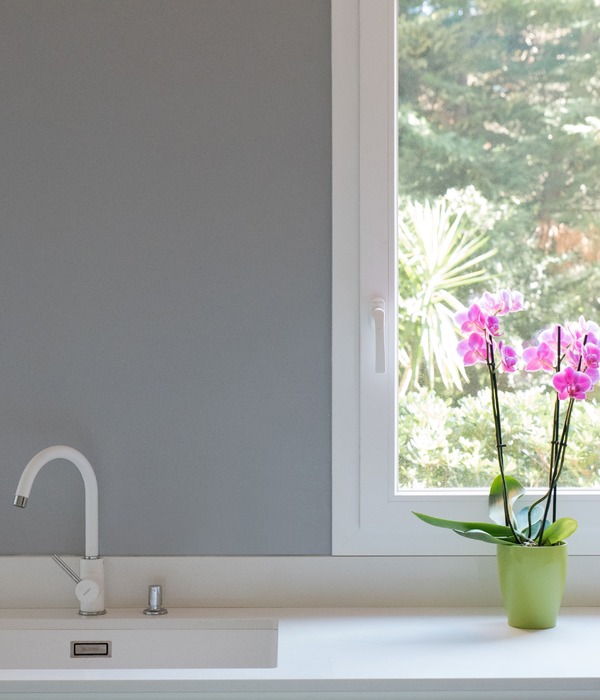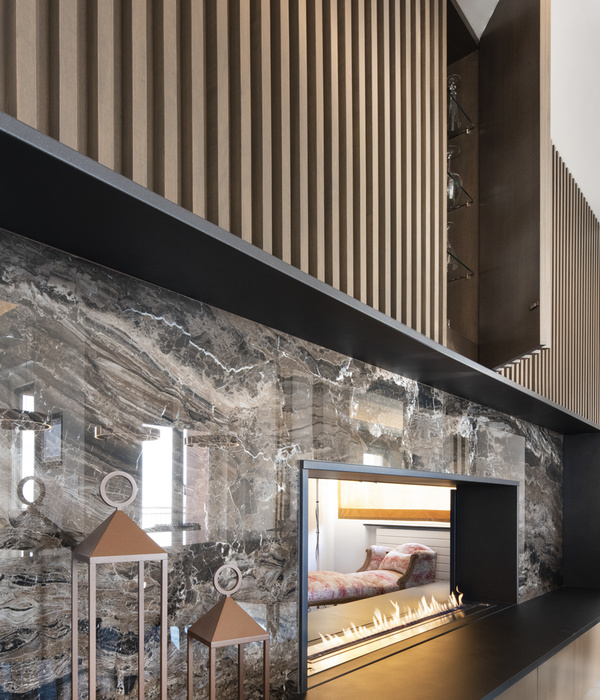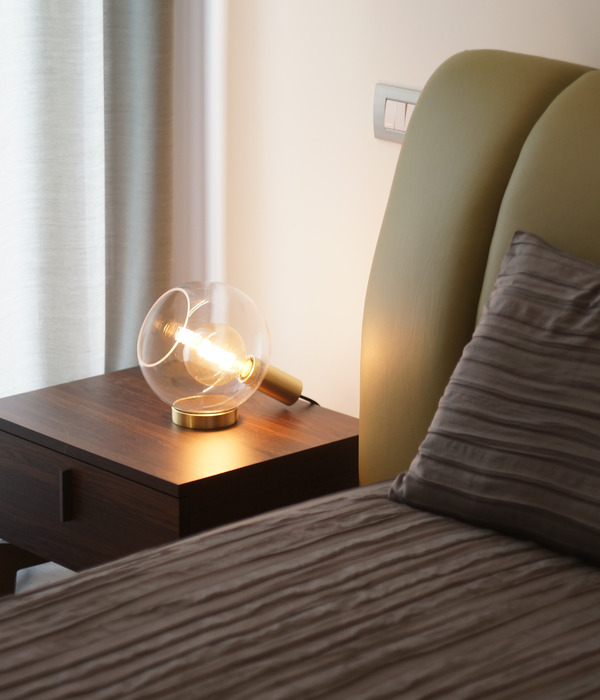© Rene de Wit
c Rene de Wit
架构师提供的文本描述。EklundTerbeek在前一所学校设计了一套宽敞的公寓。鹿特丹的Eklund_Terbeek建筑师从1912年起在一座前学校建筑中设计了一个空间阁楼。通过集体私人委托,该大楼已改造成六套公寓。Eklund_Terbeek建筑师负责改造整个大楼,并详细设计了一套公寓。这套公寓由两间前教室和毗邻的走廊区组成。两间教室之间的墙被拆除,以创造一个巨大的阁楼般的生活空间。5米的最高高度提供了创造新的中间层和更亲密的区域的可能性。除了教室和走廊之间特有的蘑菇形窗户外,一些战略性的新开窗创造了视野,增加了空间感和光感。
Text description provided by the architects. eklund_terbeek designs a spacious apartment in a former school. Rotterdam based firm eklund_terbeek architects designed a spatial loft in a former school building from 1912. The building has been transformed into six apartments through Collective Private Commissioning. eklund_terbeek architects were responsible for the transformation of the whole building and designed one apartment in detail. The apartment consists of two former classrooms and the adjacent hallway zone. The wall between the two classrooms is removed to create a large loft-like living space. The ceiling height of five meters offered possibilities for creating new intermediate floors and more intimate areas. In addition to the characteristic mushroom-shaped windows between classroom and corridor, a few strategically placed new openings create sightlines and increase the sense of spatiality and light.
© Rene de Wit
c Rene de Wit
Floor Plans
平面图
© Rene de Wit
c Rene de Wit
在生活空间中,一个白色的盒子悬挂在天花板上,在下面创造了一个更低、更亲密的休息区。在这个盒子里,工作空间就在那里,可以通过一个隐藏在大书架后面的楼梯到达。工作空间有一种私人的氛围,视野指向花园,但仍然是生活的一部分。一个小开口提供了厨房和就餐区域的概述。厨房主要由一个大的混凝土岛组成,位于生活空间的另一端。一个超大的抽油车罩,悬挂在其中一根承重梁上,在另一边的工作空间里反射出来。
In the living space, a white box is suspended from the ceiling, creating a lower and more intimate sitting area underneath. Inside the box, the workspace is situated, which can be reached by a stair hidden behind the large bookshelves. The workspace has a private atmosphere, with views directed towards the garden, but is yet part of the living. A small opening provides an overview of the kitchen and dining area underneath. The kitchen, mainly consisting of a large concrete island, is placed in the high part at the opposite end of the living space. An oversized extractor hood, suspended from one of the loadbearing beams, mirrors the workspace box on the other side.
© Rene de Wit
c Rene de Wit
© Rene de Wit
c Rene de Wit
在毗邻的走廊区,增加了一层夹层,为两间卧室提供空间。卧室有较低的天花板和壁龛床。这两个房间都有内窗,与门厅或起居空间相连。在一楼,一个盒子,里面有一个壁橱和通往卧室的楼梯,把门厅和浴室的空间隔开了。浴室的主要部分被设计成一个循环空间,直接连接到就餐区域,但出于隐私考虑可以关闭。五个原来的学校厕所被赋予不同的功能,并被纳入新的浴室。浴室后壁上有一面镜子,可以体验学校走廊原来的长度,有十扇厕所门。
In the adjacent hallway zone, a mezzanine floor is added to provide space for two bedrooms. The bedrooms have low ceilings and alcove beds. Both rooms have interior windows with a connection to the entrance hall or the living space. On the ground floor, a box containing a walk-in-closet and the stairs to the bedrooms divides the space in entrance hall and bathroom. The main part of the bathroom is designed as a circulation space, directly connected to the dining area, but can be closed off for privacy. The five original school toilets are given different functions and are integrated into the new bathroom. A mirror across the rear wall of the bathroom makes it possible to experience the original length of the school hallway, with its ten toilet doors.
这套公寓的内部融合了新旧、现代和传统,精致而粗糙,成为一个平衡的整体。如有可能,学校的原始细节将保留下来。墙和承重梁都是白色的,粗糙的混凝土天花板暴露出来,增加了对比和纹理,增加了空间性。暗胡桃木中的一系列室内元素,如大书架、餐桌和厨房壁橱,提供了温暖和连续性的感觉。在走廊区,原有的黄色琉璃砖被保存下来。在巨大的入口,一个补充胡桃木面板作为焦点,在浴室,添加了对比无烟煤瓷砖。
The interior of the apartment merges old and new, contemporary and traditional, refined and rough into a balanced whole. When possible the original details of the school are preserved. Walls and loadbearing beams are rendered white and the rough concrete ceiling is exposed to add contrast and texture and increase spatiality. A family of interior elements in dark walnut wood, such as the large bookshelves, the dining table and the kitchen closets, provide warmth and a sense of continuity. In the hallway zone, the original yellow glazed brickwork is preserved. In the monumental entrance a complementing walnut panel serves as a focal point and in the bathroom, a contrasting matte anthracite tile is added.
© Rene de Wit
c Rene de Wit
Architects eklund_terbeek
Location Rotterdam, The Netherlands
Lead Architects Dominique ter Beek & Jenny Eklund
Area 200.0 m2
Project Year 2017
Photographs Rene de Wit, Jansje Klazinga
Category Apartment Interiors
Manufacturers Loading...
{{item.text_origin}}

